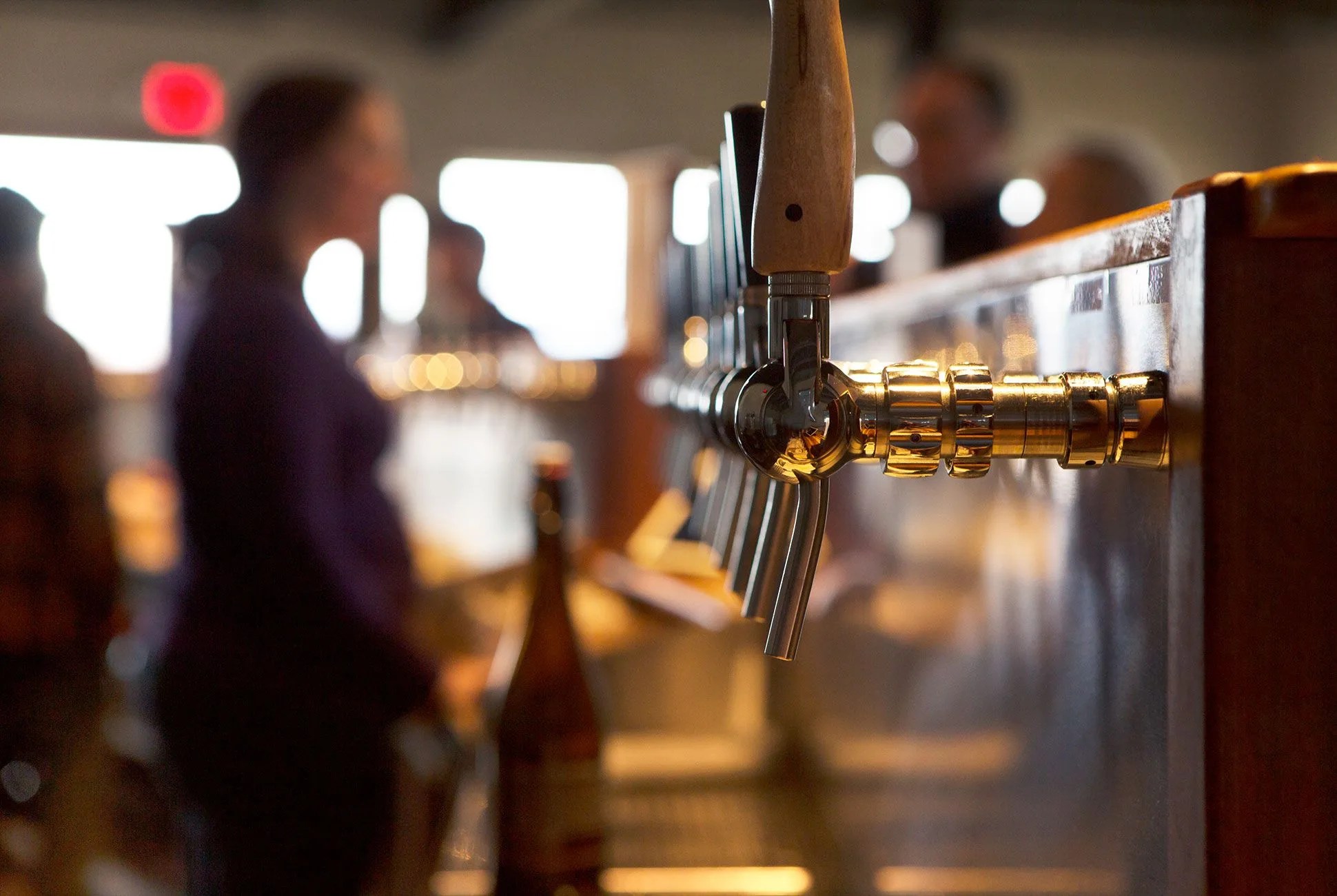Today’s craft beer scene is overwhelming. Even for those with a grasp on hop varieties and local breweries, combing through a tap list can induce decision paralysis. But if there’s one thing that should guide an order, it’s freshness. Draft beer has long been heralded as the best option, whether for mouthfeel, pressure control or a foamy head. Now that so many craft breweries are choosing cans over bottles and kegs, is draft still considered “better?”
The answer, it turns out, isn’t so clear cut. Style — specifically when it relates to a beer’s hop content — influences the shelf life of a beer, as does packaging. Your best bet is to consult with the bartender. Robert Sherrill, beverage director of Covenhoven, a Brooklyn-based craft beer bar with 16 rotating taps and a fridge stocked with over 200 local, national and imported cans and bottles, explains.
Q: Is draft beer always better?
A: Draft beer is definitely better than bottled, but canned can be better than draft. It depends. If you look at trends, locally and nationally, most breweries are moving to canning beers. What that allows for is a proper seal. Even in a glass bottle, oxygen can leak in. So flushing cans with carbon dioxide and sealing a beer shut keeps it fresher for longer. Cans also prevent light from getting in, which can be an issue with bottles, even brown bottles. Light and oxygen are the enemies of beer.
Draft beers usually move faster, and if you’re replacing kegs more often, that usually means fresher beer. So, in terms of quality and turnover, it’s draft, then cans, then bottles.
Q: Are there particular styles that move faster than others?
A: IPAs are king. They have been for a number of years, at least in the craft market, and particularly in New York. Pilsners tend to be very popular, too; and I’ve recently had more and more people coming in asking for sours on draft.
Generally speaking, for an IPA, you want to consume it within a month of it being brewed. Hop quality begins to fade after about 30 days. Beyond that, freshness ranges according to style and hops. That information will usually come from the brewery, printed on a can or bottle. Sours like lambics can age for years; a traditional lambic is a one-year-aged beer that’s blended with a three-years-aged beer and then aged for another year. The same goes for big imperial stouts — you can hold those for five or 10 years. Some bars, like [Covenhoven], keep stuff. I have a case of beer in the cellar that my predecessor instructed us not to open until 2024 — it’s Anchor Old Foghorn Barleywine.
Q: Are local beers usually indicative of freshness?
A: Yes and no. Local beer has a tendency to be more fresh, but it has to be good beer to be fresh enough that you’ll go through kegs of it.
